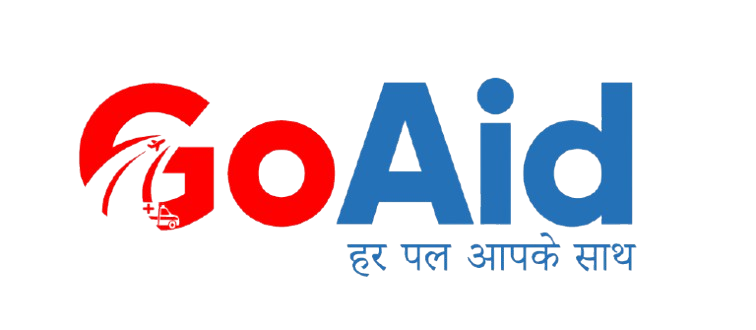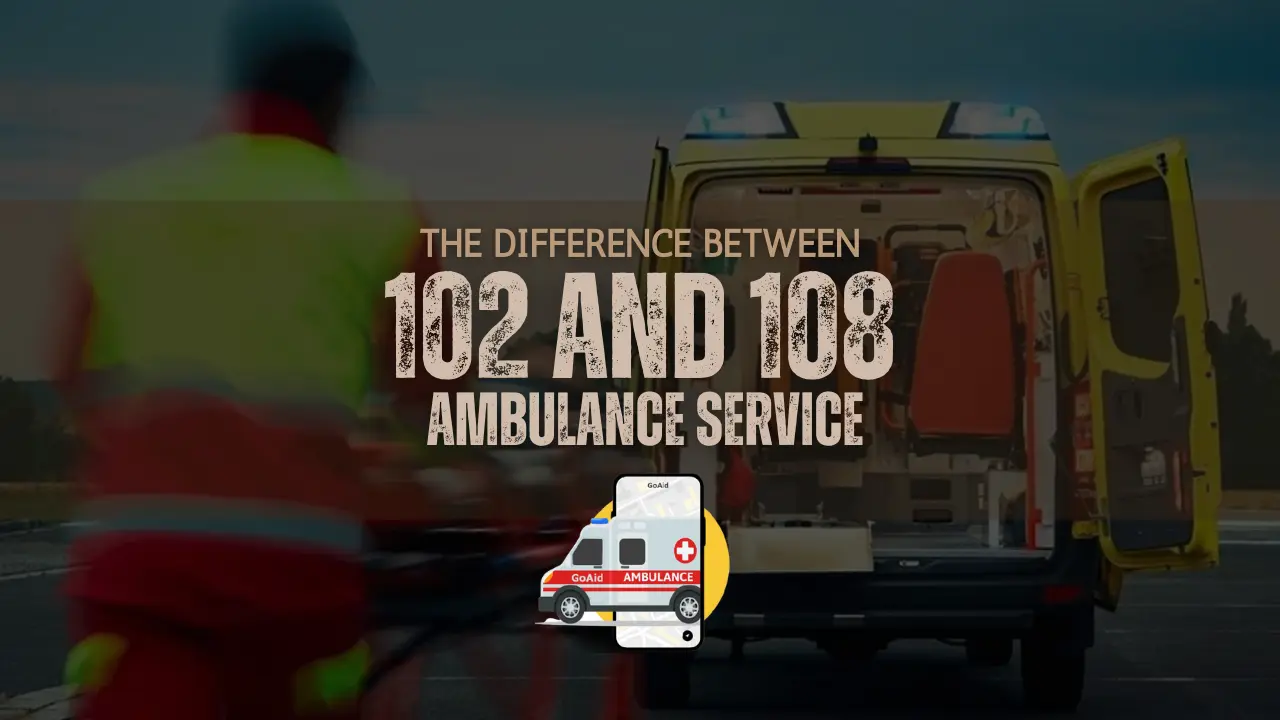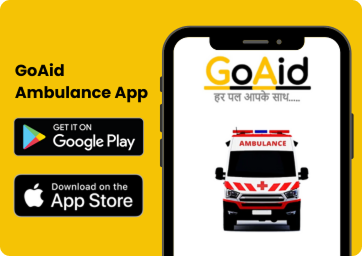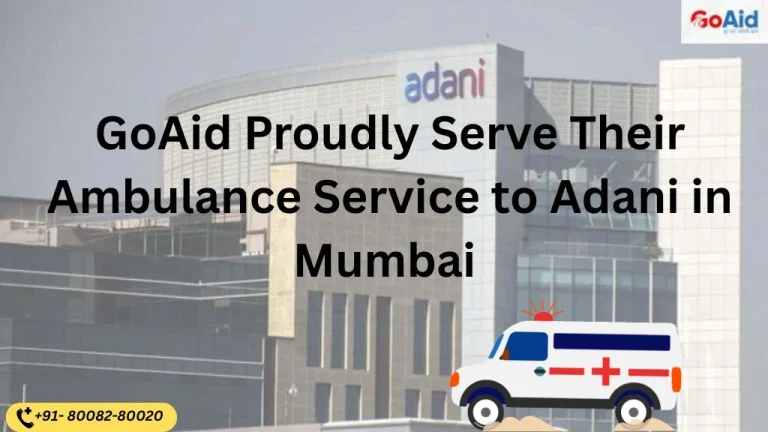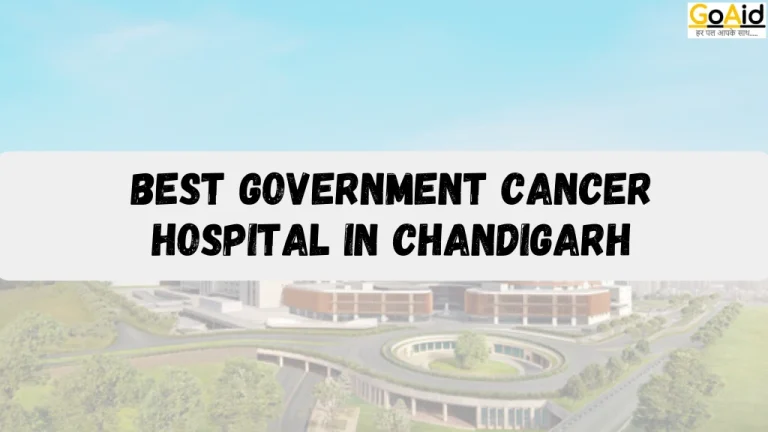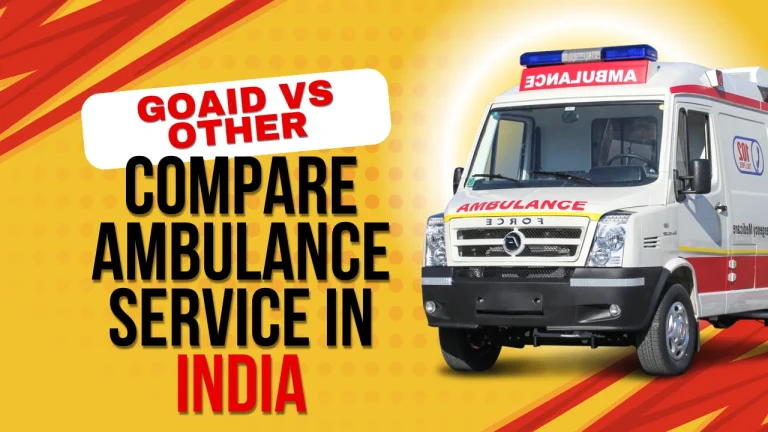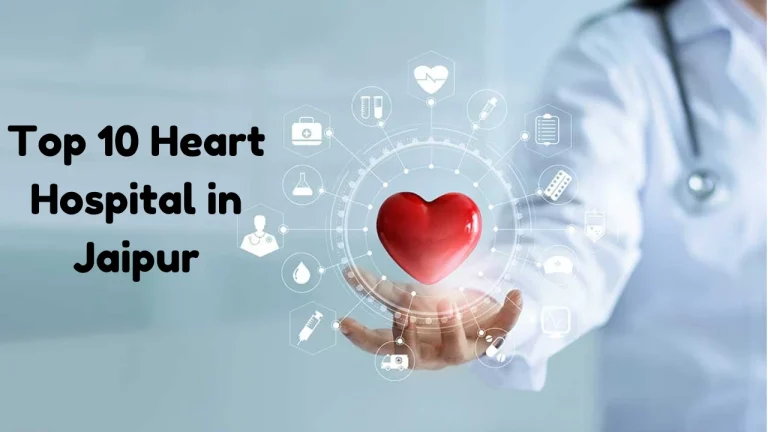In India, most people usually use public healthcare emergency transportation services which include both 102 and 108 Ambulance Services. Whenever you ask a person in India, about ŌĆ£What is the Difference between 102 and 108 Ambulance Service?ŌĆØ, they generally donŌĆÖt consider both of them different and you can have a reply that ŌĆśThey are sameŌĆÖ, but itŌĆÖs not true.
Both 102 and 108 ambulance services are different & in this blog, we have established it with facts. If you are also one of those who are looking for the Difference between 102 and 108 Ambulance Service, then read this blog to the end.
So, letŌĆÖs start-
What is 102 Ambulance Services in India?
102 Ambulance Services in India is a government-run emergency service primarily focused on providing transportation for pregnant women, newborns, and children. It aims to ensure timely access to healthcare facilities, particularly for maternal and child health needs, enhancing the overall healthcare system’s efficiency and accessibility in both urban and rural areas.
Key Features and Roles of 102 Ambulance Services in India
These are the key features and roles of 102 Ambulance Services in India:
- Maternal and Child Health Focus: Specializes in transporting pregnant women, newborns, and children.
- Government-Run Service: Operated by state governments to ensure widespread coverage.
- Free of Cost: Provides free transportation services to ensure no financial burden on families.
- Accessible in Rural Areas: Extends healthcare access to remote and rural regions.
- Integrated with Healthcare Facilities: Coordinates with hospitals and health centers for timely and efficient patient transport.
- Emergency and Non-Emergency Services: Offers both emergency and scheduled transportation for healthcare visits and check-ups.
- 24/7 Availability: Operates round-the-clock to provide immediate assistance.
- Trained Medical Staff: Staffed with trained personnel to handle maternal and child health emergencies.
- Improved Healthcare Access: Enhances access to healthcare services, particularly for underserved populations.
- Supportive of National Health Programs: Aligns with national initiatives to reduce maternal and child mortality rates.
Also Read: 108 Ambulance Service in India
What is 108 Ambulance Services in India?
108 Ambulance Services in India is an emergency response service that provides immediate medical assistance, police, and fire services. It is a public-private partnership initiative designed to offer rapid response to a wide range of emergencies, including accidents, medical crises, and fire incidents, ensuring quick access to critical services across urban and rural areas.
Key Features and Roles of 108 Ambulance Services in India
These are the key features and roles of 108 Ambulance Services in India:
- Comprehensive Emergency Service: Provides medical, police, and fire emergency assistance.
- Public-Private Partnership: Operates through collaboration between government and private entities.
- Free of Cost: Offers free emergency services to all citizens.
- Wide Coverage: Available in both urban and rural areas, ensuring broad accessibility.
- Integrated Communication System: Uses advanced communication technology for efficient emergency response coordination.
- Rapid Response: Aims to reduce response time for emergencies, ensuring timely assistance.
- 24/7 Availability: Operates round-the-clock to handle emergencies at any time.
- Trained Emergency Personnel: Staffed with trained medical, police, and fire service professionals.
- Centralized Call Center: Utilizes a centralized system to dispatch the appropriate emergency response units.
- Supportive of National Emergency Management: Aligns with national efforts to improve emergency response infrastructure and services.
Read More: Introduction to Air Ambulance in India
Difference between 102 and 108 Ambulance Service
These are the key differences between the 102 and 108 ambulance services:
| Aspect | 102 Ambulance Service | 108 Ambulance Service |
| Primary Focus | Maternal and child health | Comprehensive emergency response (medical, police, fire) |
| Service Type | Government-run service | Public-private partnership initiative |
| Cost | Free of cost | Free of cost |
| Target Beneficiaries | Pregnant women, newborns, children | General public, any emergency |
| Geographical Reach | Urban and rural areas | Urban and rural areas |
| Emergency and Non-Emergency | Both emergency and scheduled transportation | The general public, any emergency |
| Types of Emergencies Covered | Maternal and child health emergencies | Medical emergencies, accidents, fire, and police |
| Availability | 24/7 | 24/7 |
| Trained Personnel | Focus on maternal and child health professionals | Medical, police, and fire service professionals |
| Integration with Healthcare | Coordinates with hospitals and health centers | Centralized call center for coordinated emergency response |
Book Ambulance: GoAid Ambulance Service
Conclusion to the Difference between 102 and 108 Ambulance Service
In conclusion, both 102 and 108 Ambulance Services play vital roles in India’s healthcare and emergency response systems, yet they serve distinct purposes. The 102 Ambulance Service is dedicated primarily to maternal and child health, providing crucial transportation for pregnant women, newborns, and children.
In contrast, the 108 Ambulance Service offers a comprehensive emergency response, addressing medical, police, and fire emergencies. While both services are free and operate 24/7, their operational focus and target beneficiaries differ significantly. Understanding these differences helps in utilizing the appropriate service in emergencies, ensuring timely and effective assistance for specific needs.
